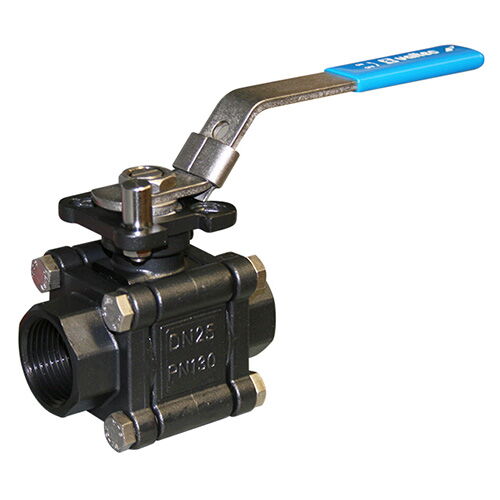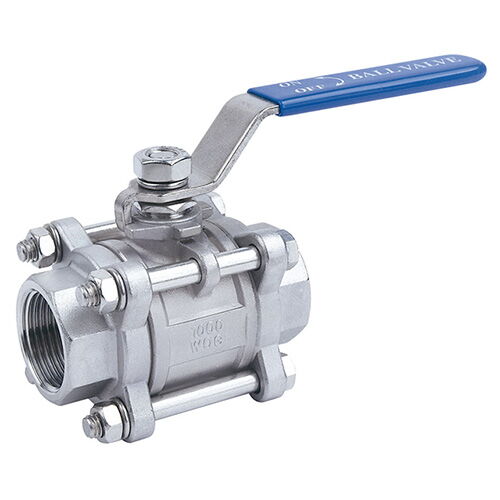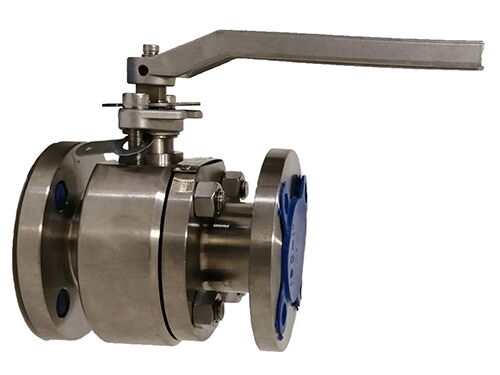Magpie Valve Selection: Accurate Matching Ensures Reliable Control
Valve Technology Sharing: Valve Materials Selection
The selection of valve material is fundamentally based on process requirements. These requirements may come directly from the manufacturer or the end user specifying a particular valve material, or they may be determined by the nature of the medium involved.
In practice, it's essential to clearly understand what the medium is and the working conditions it involves. The medium refers to the substance being controlled, along with its pressure and temperature conditions, including both inlet and outlet pressures.

If the pressure differential is low, material selection is relatively straightforward. However, when the pressure difference is large, selecting the right material becomes much more challenging. Similarly, temperature is a crucial factor. For example, steam at 180°C and steam at 350°C require different material choices due to the variation in thermal conditions.

Viscosity and density of the medium have minimal impact on material selection. The main influencing factors are pressure and temperature. Additionally, whether the medium is corrosive, whether it contains particulates, and the size and hardness of those particulates also impose specific requirements on material choice.
Of course, sometimes customers do not specify these details clearly, leaving it to the valve engineers to make an appropriate selection. At other times, the information provided by customers may be incorrect or overly conservative. In such cases, as valve manufacturers, we must offer professional advice and recommendations.

This step, choosing the right material, is absolutely critical.
Core Logic
First, select the appropriate material → then design performance parameters → followed by machining dimensions → assembly → and commissioning, ensuring a complete and reliable product.
If you have any questions or need further insights into valve technology, please follow Magpie Valve. We welcome your inquiries and comments!
